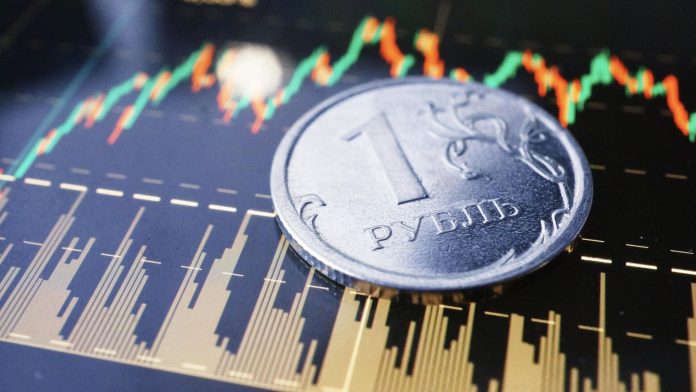In 2024, Russian business observed a significant increase in cash accumulated outside the country. According to the Bank of Russia, foreign financial assets of Russian companies have increased by almost $ 45 billion in the first seven months of this year. This is a significant increase compared to $ 21 billion in the same period last year, writes Bloomberg.
Financial impact of sanctions
The growth of foreign assets is partly explained by investments abroad. However, the major part of the growth is the result of the accumulation of receivables of Russian companies, which is caused by difficulties with international payments. The efforts of the United States to limit the financing of Russian aggression have increased the risk of secondary sanctions. This includes even local banks in countries that trade with Russia, which has led to delays and interruptions in international payments with key partners such as China and Turkey.
"This is a new reality. Banks have always had deposits in foreign banks and vice versa. It has always been a history of settlements, it was always necessary to keep them with each other. Now it took another, new form that reflects trade activities: debt,"-says T-investments economist Sophia Donets.
Impact on liquidity and financing
Delays in calculations between Russian importers and exporters have not led to a collapse of trade, but reduce liquidity. Russian corporations have to wait longer to receive money for export and make payments for import in advance. This is in fact a forced lending that increases the cost of hard currency.
"Forced trade financing means that solid currency is becoming scarce and more expensive," says Bloomberg Economics economist Alex Isakov.
In addition, Russian banks face a shortage of yuan - the main foreign currency for Russia's foreign trade. This leads to an increase in costs as Chinese partners are afraid of possible sanctions from the United States.
A new reality for Russian business
According to the Central Bank of the Russian Federation, foreign assets increased by $ 4.7 billion last month and by 5 billion in June. Data indicate an increase, not a total amount. "This is a really new factor, and probably significant, but it is not the only history of capital outflow," Donets adds.


